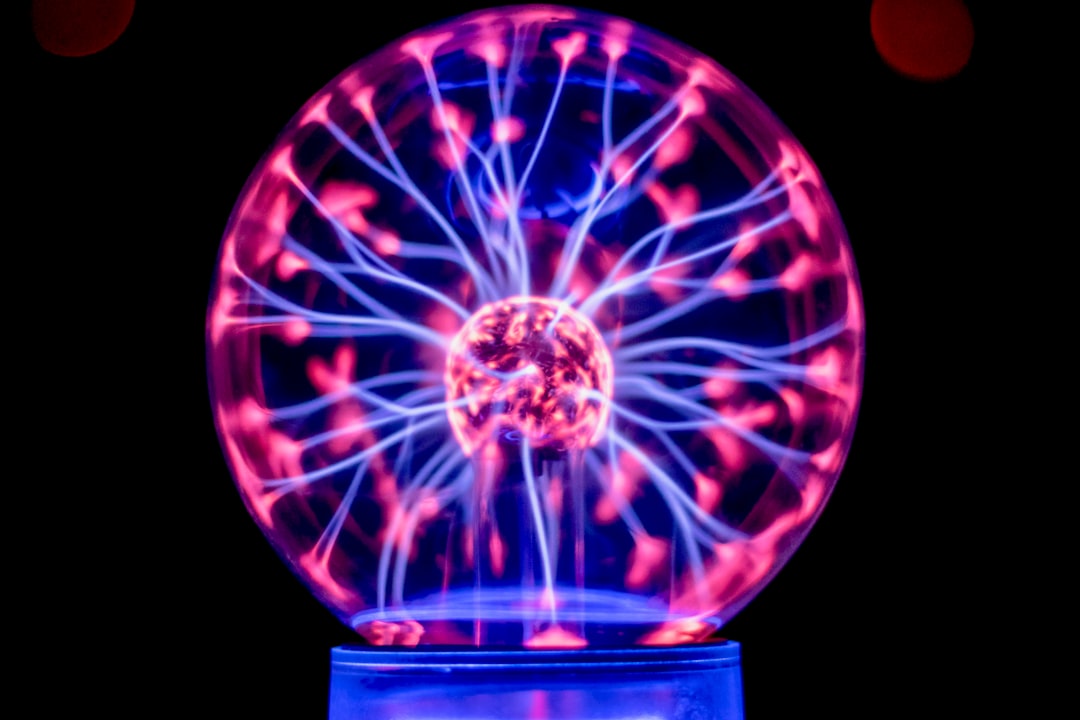What is it about?
This research investigates the formation of self-organized patterns (SOPs) in a pin liquid anode DC discharge generated in open air. The study explores the effect of different liquid types on the formation of SOPs and how these patterns vary with changes in discharge current and gap distance. We found that the characteristics of SOPs depend on the type of liquid used, with notable differences between HCl and H2SO4 liquid anodes.
Featured Image

Photo by Hal Gatewood on Unsplash
Why is it important?
Understanding the dependence of SOPs on liquid types is essential for gaining insights into the formation mechanisms of these patterns and their potential applications. This research provides a deeper understanding of the relationship between SOP formation and the electrolysis process in the solution. By examining how different liquid types affect the formation of SOPs, we can potentially develop new technologies or applications based on these findings.
Perspectives
Future research should focus on exploring the relationship between the formation mechanisms of SOPs and the electrolysis process in various solutions, as well as investigating other factors that may influence the formation of SOPs. Expanding this knowledge can lead to improved control of self-organized pattern formation and open up new possibilities for applications in fields such as material science, plasma chemistry, and plasma-based technologies.
Dr Thierry Dufour
Read the Original
This page is a summary of: Self-organized patterns by a DC pin liquid anode discharge in ambient air: Effect of liquid types on formation, Physics of Plasmas, July 2018, American Institute of Physics,
DOI: 10.1063/1.5030099.
You can read the full text:
Contributors
The following have contributed to this page










